Find Help
More Items From Ergsy search
-
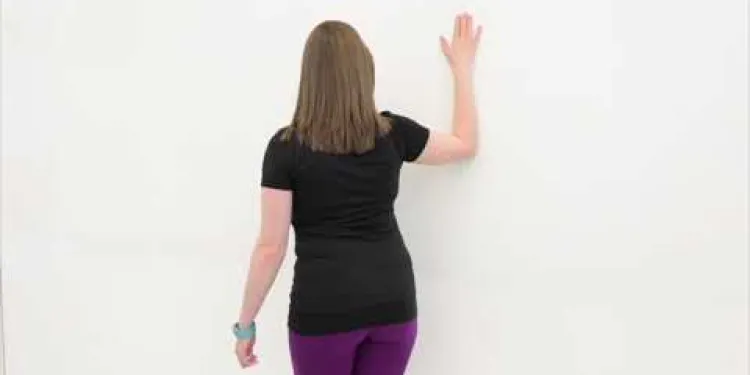
Frozen Shoulder Anterior Shoulder Stretch
Relevance: 100%
-

Frozen Shoulder Lateral Rotation
Relevance: 60%
-
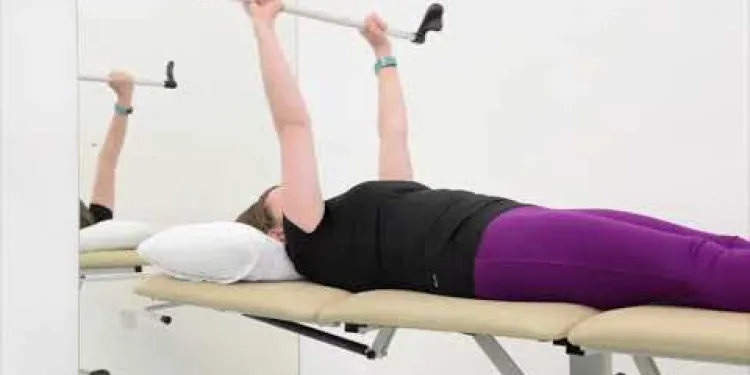
Frozen Shoulder Assisted Flexion
Relevance: 59%
-

Frozen Shoulder Assisted Abduction
Relevance: 58%
-
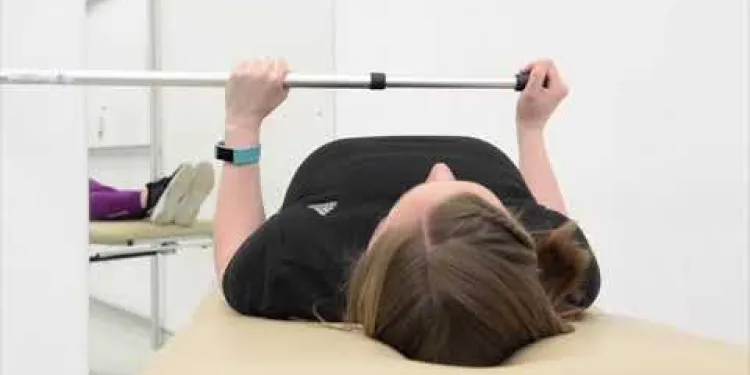
Frozen Shoulder Assisted Lateral Rotation
Relevance: 56%
-

Frozen Shoulder Scapular Setting
Relevance: 56%
-
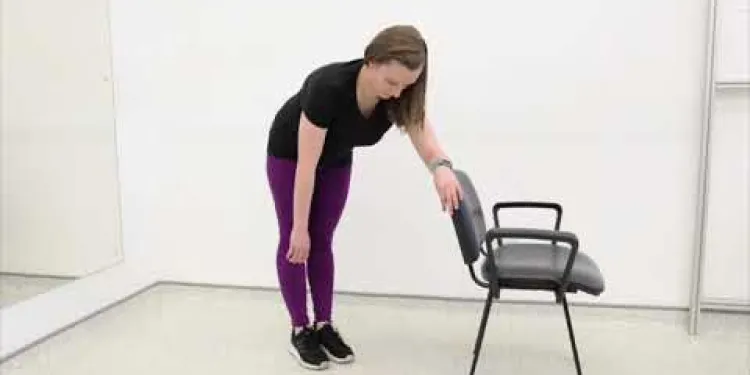
Frozen shoulder Pendular Exercises
Relevance: 54%
-
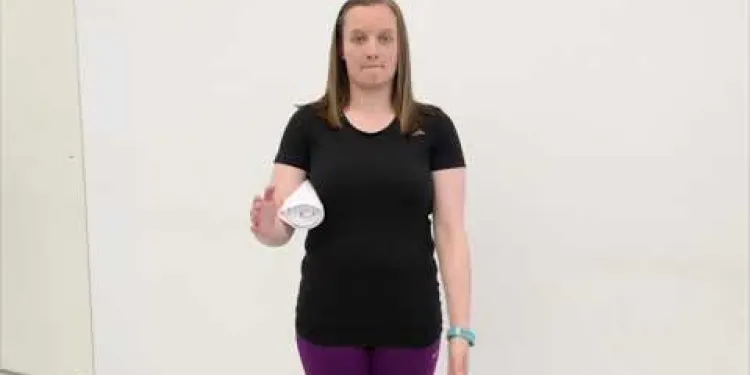
Frozen Shoulder Isometric External Rotation
Relevance: 52%
-

Shoulder pain | NHS
Relevance: 47%
-

Shoulder Exercises 1
Relevance: 46%
-
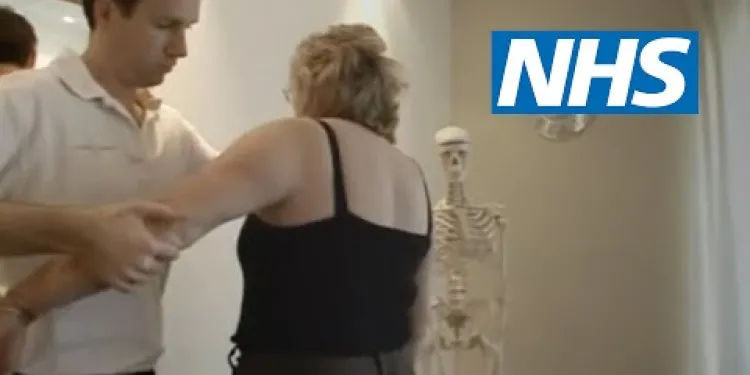
Shoulder pain | NHS
Relevance: 43%
-

Shoulder subacromial shoulder pain
Relevance: 42%
-
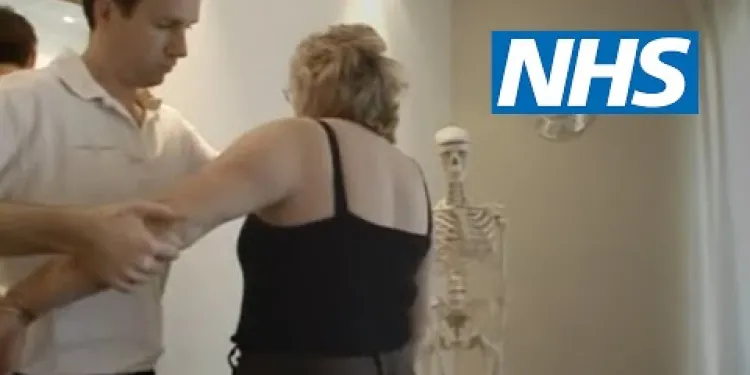
Shoulder pain | NHS
Relevance: 37%
-
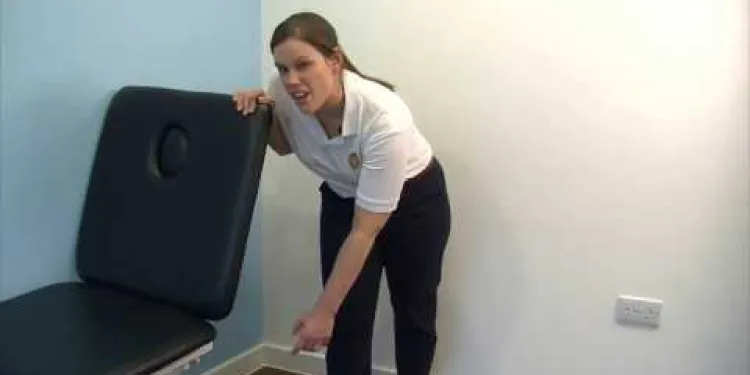
DBTH VFC DISLOCATED SHOULDER
Relevance: 37%
-

Back stretches | NHS
Relevance: 24%
-
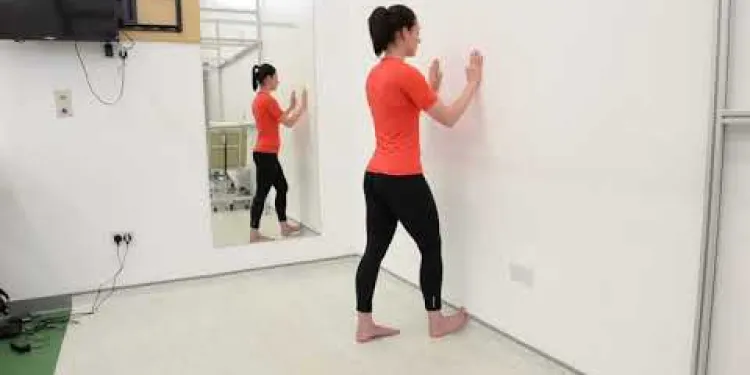
Plantar Fascia Wall Stretch
Relevance: 19%
-

Unfreezing the Truth The UK's Frozen Pensions
Relevance: 18%
-

Neck Exercises
Relevance: 18%
-
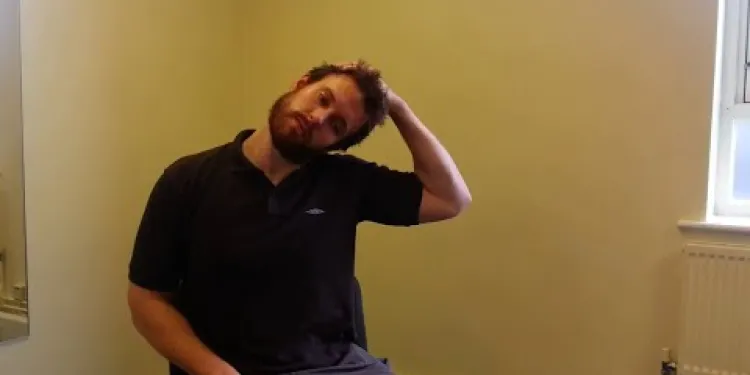
Neck Care Exercises
Relevance: 17%
-

Parent guide to club foot stretches: Step 1
Relevance: 16%
-

Do chiropractors only treat the spine?
Relevance: 13%
-

Neck Exercises
Relevance: 13%
-

How can I prevent Carpal Tunnel Syndrome?
Relevance: 12%
-

What are the symptoms of whiplash?
Relevance: 12%
-

Should I warm up before walking to work?
Relevance: 11%
-
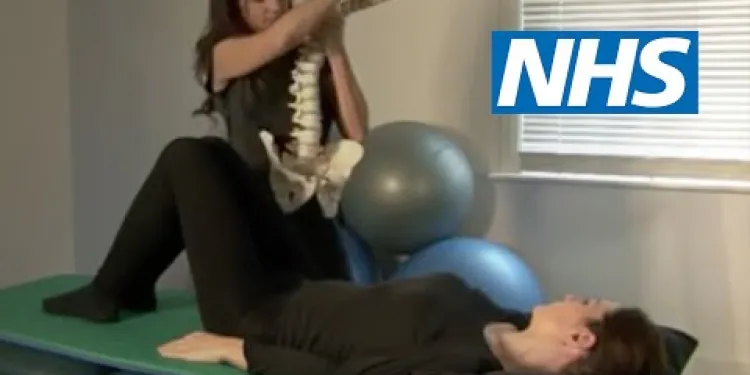
Exercises for sciatica: herniated or slipped disc | NHS
Relevance: 10%
-

Advice on neck pain and whiplash
Relevance: 10%
-

Evidence-Based Interventions: breast reduction
Relevance: 9%
-

How can you differentiate nits from dandruff?
Relevance: 9%
-

How long do symptoms of whiplash last?
Relevance: 8%
-

What is angina and how is it treated?
Relevance: 7%
-

Pilates for back pain: Seated waist twist | NHS
Relevance: 7%
-

Exercises for sciatica: piriformis syndrome | NHS
Relevance: 7%
-
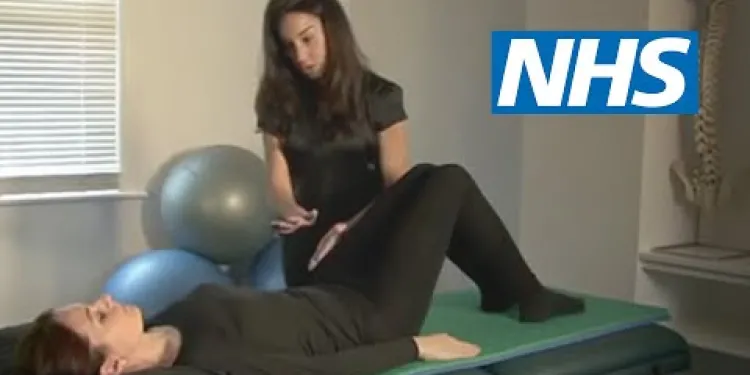
Exercises for sciatica: degenerative disc disease | NHS
Relevance: 7%
-
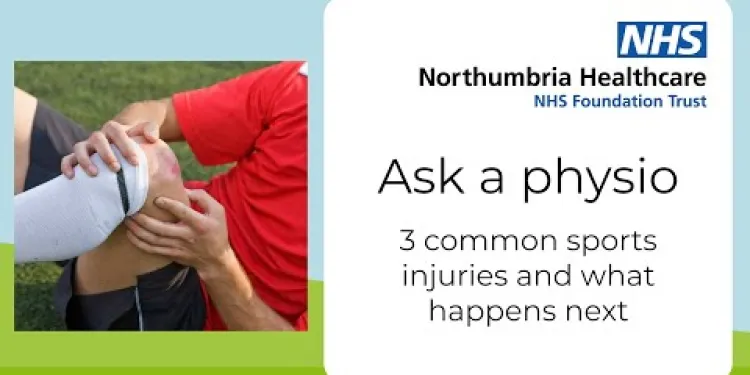
Ask a physio: 3 common sports injuries and what happens next
Relevance: 7%
-
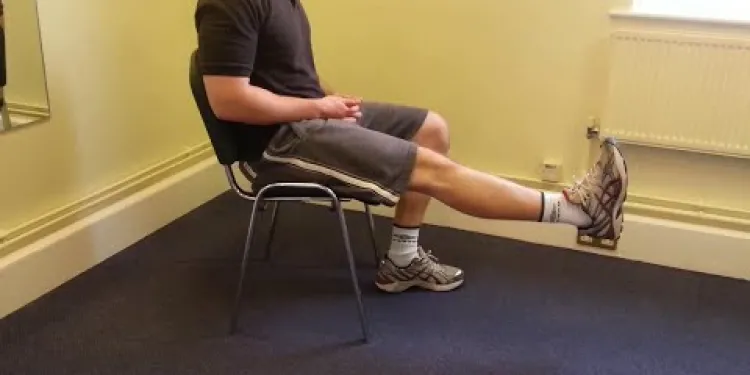
Knee Care Exercises
Relevance: 7%
-

What types of blood products can be transfused?
Relevance: 7%
-

How do chiropractors treat back pain?
Relevance: 7%
-

What is whiplash after a car accident?
Relevance: 7%
-

Are there specific exercises that can help with Carpal Tunnel Syndrome?
Relevance: 7%
Understanding Frozen Shoulder Anterior Shoulder Stretch
What is Frozen Shoulder?
Frozen shoulder, known medically as adhesive capsulitis, is a condition where the shoulder becomes stiff and painful. This stiffness and pain can significantly limit the range of motion in the affected shoulder, making everyday activities difficult. The condition typically progresses through three stages: freezing, frozen, and thawing.
Importance of Anterior Shoulder Stretch
The anterior shoulder stretch is a therapeutic exercise designed to alleviate the symptoms of frozen shoulder by gently stretching the anterior (front) part of the shoulder capsule. Regular stretching can help maintain and improve range of motion, reduce pain, and promote healing. It is a key component of physiotherapy and self-care routines for individuals suffering from frozen shoulder.
How to Perform the Anterior Shoulder Stretch
To perform the anterior shoulder stretch, follow these steps:
- Stand in a doorway and place your affected arm against the doorframe at a 90-degree angle with your elbow level with your shoulder.
- Gently step forward with the leg opposite to your affected shoulder, keeping your arm in place to feel a stretch in the front of your shoulder.
- Hold the stretch for 15-30 seconds without causing significant pain.
- Return to the starting position and repeat 3-5 times, ensuring that you perform this stretch multiple times a day.
Precautions
While performing the anterior shoulder stretch, it is essential to avoid overstretching or causing sharp pain. If you experience severe pain during the stretch, stop immediately and consult a healthcare professional. It’s always a good idea to talk to a physio or GP before starting any new exercises, especially if you’re dealing with a complex condition like frozen shoulder.
Additional Resources
For residents in the United Kingdom, several resources can offer more information and support:
Learning About Frozen Shoulder Stretch
What is a Frozen Shoulder?
A frozen shoulder is when your shoulder hurts and feels really stiff. This can make it hard to move your arm the way you want. It usually happens in three stages: first it gets worse, then it stays stiff, and finally it starts to get better.
Why Stretching Helps
The anterior shoulder stretch helps when your shoulder is frozen. This stretch helps the front part of your shoulder. Doing it often can help your shoulder move better, hurt less, and get better faster. Stretching is really important when you have a frozen shoulder.
How to Do the Shoulder Stretch
Follow these steps to do the shoulder stretch:
- Stand by a doorway. Put your sore arm against the doorframe. Make sure your elbow is at shoulder height.
- Step forward with the opposite leg. This will make your shoulder stretch a little.
- Hold the stretch for 15 to 30 seconds. It should not hurt a lot.
- Go back to the start. Repeat 3 to 5 times. Do this stretch a few times every day.
Be Careful
Don’t stretch too much. If it hurts a lot, stop! Talk to a doctor or physio before doing new exercises, especially if your shoulder is bad.
Where to Get More Help
If you live in the UK and want more help:
Frequently Asked Questions
What is a frozen shoulder?
A frozen shoulder, also known as adhesive capsulitis, is a condition characterized by stiffness and pain in the shoulder joint.
What are the common causes of a frozen shoulder?
Common causes include injury, overuse, and certain medical conditions such as diabetes or heart disease.
What is an anterior shoulder stretch?
An anterior shoulder stretch is a simple exercise aimed at extending and improving the flexibility of the front (anterior) part of your shoulder.
How do you perform an anterior shoulder stretch?
Stand with feet shoulder-width apart, extend your arm behind you, and gently pull it toward the back while keeping your elbow straight.
Can an anterior shoulder stretch help with frozen shoulder?
Yes, regularly performing an anterior shoulder stretch can help to increase flexibility and reduce stiffness in a frozen shoulder.
How often should I do an anterior shoulder stretch if I have a frozen shoulder?
You should aim to do the stretch at least two to three times a day, holding each stretch for about 15-30 seconds.
Do I need any equipment to perform an anterior shoulder stretch?
No, the anterior shoulder stretch can be performed without any special equipment, although you might find a resistance band useful in some variations.
Can anyone perform an anterior shoulder stretch?
Most people can perform an anterior shoulder stretch, but it is recommended to check with a healthcare provider if you have any shoulder or neck issues.
Are there any risks associated with doing an anterior shoulder stretch?
When done correctly, the risks are minimal, but improper technique can lead to muscle strain or injury.
What are some signs that I might have a frozen shoulder?
Signs include severe shoulder pain, reduced range of motion, and difficulty with shoulder movements.
How long does it take to recover from a frozen shoulder?
Recovery can take several months to a few years, depending on the severity and treatment approach.
Should I consult a healthcare professional before starting shoulder stretches?
Yes, it is always a good idea to consult a healthcare professional to ensure the stretches are safe and suitable for your condition.
Can physical therapy help with a frozen shoulder?
Yes, physical therapy can provide targeted exercises and stretches to help improve mobility and reduce pain in a frozen shoulder.
Are there other exercises besides the anterior shoulder stretch that can help a frozen shoulder?
Yes, other exercises such as pendulum exercises, wall climbs, and cross-body stretches can also be beneficial.
What should I do if I experience pain while doing an anterior shoulder stretch?
Stop the stretch immediately and consult with a healthcare provider to ensure you are performing the exercise correctly and safely.
What is a frozen shoulder?
A frozen shoulder is when your shoulder feels stiff and hard to move. It can hurt, too. This means it is tricky to lift your arm.
Here are some ways to help:
- Move your shoulder gently every day.
- Ask a grown-up for a shoulder massage to feel better.
- Use a warm pillow on your shoulder to ease the pain.
Remember, a doctor can help if it does not get better.
A frozen shoulder is when your shoulder feels stiff and hurts. It is also called adhesive capsulitis. This means the shoulder joint is not moving well.
Why does a shoulder get stuck?
A shoulder can get stuck, and this is called a "frozen shoulder." Here are some reasons why this can happen:
- Injury: Sometimes, if you hurt your shoulder, it can freeze.
- Not moving: If you do not move your shoulder much, it might get stuck.
- Health problems: Some illnesses, like diabetes, can make your shoulder freeze.
If your shoulder is stuck, talk to a doctor. They can help. You can also try gentle exercises to move your shoulder. Ask for help if you need it!
There are a few common reasons why people get hurt. These reasons are:
- Getting an injury, like a cut or a bruise.
- Using a part of the body too much, like playing a sport or writing a lot.
- Having a health problem, like diabetes or heart disease.
If you find it hard to read, you can try using tools that read the text out loud for you, or ask someone to help explain it.
What is an anterior shoulder stretch?
An anterior shoulder stretch is a simple exercise. It helps make your shoulder muscles feel better and move easier. You do this stretch by gently pulling your arm behind you.
Here are ways to do it:
- Start by standing up straight.
- Move one arm behind your back.
- Hold your elbow with your other hand.
- Gently pull your arm to feel a stretch in the front of your shoulder.
- Hold it for a few seconds, then switch arms.
Ask an adult to help you if you need it. You can also use a video or picture guide to see how it’s done.
The front part of your shoulder is called the anterior shoulder. You can do a simple exercise to make it stretch and move better.
How do you do a front shoulder stretch?
Here is how to stretch the front of your shoulder:
1. Find a wall or a door.
2. Stand sideways to the wall. Place your hand on the wall.
3. Keep your arm straight. Turn your body away from your hand.
4. You will feel a gentle stretch in the front of your shoulder.
5. Hold the stretch for a few seconds.
6. Relax and try again if you want.
Ask an adult for help if you need it.
Use a timer to count the seconds.
Stand with your feet a little bit apart, like the width of your shoulders. Put one arm behind you. Try to pull it back softly, keeping your elbow straight.
Can stretching your shoulder in front help with a stiff shoulder?
A stiff shoulder is when your shoulder feels tight and hard to move. This is also called a frozen shoulder.
Stretching your shoulder by moving your arm in front of you can help. This is called an anterior shoulder stretch.
Here are some tips to make it easier:
- Move your arm gently and slowly so it doesn't hurt.
- Ask a friend or a helper to support your arm if needed.
- Try using a towel to hold your arm while you stretch.
- Do this stretch a little bit every day.
- If it hurts, stop and talk to a doctor or a therapist.
Yes, doing a simple shoulder stretch often can help your shoulder move better and feel less stiff if it is frozen.
How many times should I stretch my shoulder if it is stiff and hard to move?
Here is a simple way to help your shoulder feel better:
- Try to stretch your shoulder gently.
- Do the stretch once or twice a day.
- If it hurts, stop and rest.
Try using a timer to remind you to stretch. You can also ask someone to help you stretch safely.
Try to do the stretch two or three times each day. Hold each stretch for 15 to 30 seconds.
What do I need to do a front shoulder stretch?
You need some space to move your arm. You might find it easier with a towel to hold onto, but you don't need anything else.
- Find a safe space where you can move your arms.
- If you want, use a towel to make the stretch more comfortable.
No, you don't need special equipment to do the front shoulder stretch. But a stretchy band might help with some versions.
Can anyone do a front shoulder stretch?
Yes, most people can try a front shoulder stretch. It's a way to make your shoulder feel better and move more easily.
If you want to try it, find a good place to stand where you can move your arms. Always be gentle and stop if it hurts.
You can use a video online to help you see how to do it. A video can show you step by step.
Ask someone to help you if you are unsure. A friend or family member can guide you.
Most people can do a shoulder stretch. But if your shoulder or neck hurts, ask a doctor first.
Is it safe to do an anterior shoulder stretch?
When you stretch your shoulder, there might be some things to watch out for. Here are some tips to stay safe:
- Be gentle: Don't push too hard. Stretch slowly and carefully.
- Stop if it hurts: If you feel pain, stop stretching.
- Ask for help: It can be good to talk to a coach or a therapist.
If you use these tips, stretching is safer and more fun!
Doing it the right way is safe. But if you do it wrong, you might hurt your muscles.
A good idea is to ask someone to show you the right way. You can also watch a video that teaches you how to do it.
What are signs of a frozen shoulder?
Here are signs that you might have a frozen shoulder:
- Your shoulder hurts when you move it.
- You find it hard to lift your shoulder.
- Your shoulder feels stiff.
- It is hard to reach for things.
If you think you might have a frozen shoulder, talk to a doctor. They can help you feel better.
You can also try this:
- Ask someone to help you move your shoulder gently.
- Do easy exercises for your shoulder.
- Put something warm on your shoulder.
Signs include really bad shoulder pain, trouble moving the shoulder, and problems with moving it around.
How long does it take to get better from a frozen shoulder?
A frozen shoulder can take a long time to get better.
It might take a few months or even a few years.
Everyone gets better at their own speed, so it can be different for each person.
Here are some tips to help you:
- See your doctor. They can give you advice and help.
- Try to do gentle exercise. It can help your shoulder move better.
- Ask a physiotherapist for special exercises.
- Take breaks and rest if it hurts.
Be patient and keep trying. Your shoulder will get better with time.
Getting better might take a few months, or it could take a few years. It depends on how bad the problem is and what kind of help you get.
Do I need to ask a doctor before doing shoulder stretches?
It is a good idea to talk to a doctor or nurse before doing shoulder stretches. They can make sure it is safe for you. This can help you avoid getting hurt.
You can ask a trusted person like a parent or teacher to help you talk to a healthcare professional. They can support you in asking the right questions.
It's a good idea to talk to a doctor or nurse before you do stretches. They can check if the stretches are safe for you.
Can exercises help if my shoulder is stuck?
If your shoulder feels stuck and hard to move, exercises might help. These exercises are called physical therapy.
A therapist can show you easy exercises to do. This can help your shoulder move better and hurt less.
Using a heat pack on your shoulder before exercises might also help. It can make your shoulder feel warmer and easier to move.
Yes, physical therapy can help your shoulder move better and hurt less. A therapist can show you exercises and stretches that are just right for you.
Can other exercises help a frozen shoulder, not just the front shoulder stretch?
Yes, other exercises can help too. Try these:
1. Pendulum Exercises: Move your arm gently like a swing.
2. Wall Climbs: Use your fingers to climb up a wall.
3. Cross-Body Stretches: Stretch your arm across your chest.
These exercises can make your arms feel better.
What if my shoulder hurts when I stretch it?
If your shoulder hurts when you stretch, stop stretching. Pain is a sign that something might be wrong.
Here are some things you can try:
- Rest your shoulder. Take a break from activities that make it hurt.
- Use an ice pack. Put a cold pack on your shoulder to help with any swelling or pain.
- Ask an adult for help. Talk to a parent, teacher, or another adult about your pain.
- See a doctor. A doctor can check your shoulder to see if there’s a bigger problem.
Remember, it's good to be gentle with your body.
Stop doing the stretch right away. Talk to a doctor or nurse to make sure you are doing the exercise the right way and safely.
Useful Links
- Ergsy carfully checks the information in the videos we provide here.
- Videos shown by Youtube after a video has completed, have NOT been reviewed by ERGSY.
- To view, click the arrow in centre of video.
- Most of the videos you find here will have subtitles and/or closed captions available.
- You may need to turn these on, and choose your preferred language.
- Go to the video you'd like to watch.
- If closed captions (CC) are available, settings will be visible on the bottom right of the video player.
- To turn on Captions, click settings .
- To turn off Captions, click settings again.
More Items From Ergsy search
-

Frozen Shoulder Anterior Shoulder Stretch
Relevance: 100%
-

Frozen Shoulder Lateral Rotation
Relevance: 60%
-

Frozen Shoulder Assisted Flexion
Relevance: 59%
-

Frozen Shoulder Assisted Abduction
Relevance: 58%
-

Frozen Shoulder Assisted Lateral Rotation
Relevance: 56%
-

Frozen Shoulder Scapular Setting
Relevance: 56%
-

Frozen shoulder Pendular Exercises
Relevance: 54%
-

Frozen Shoulder Isometric External Rotation
Relevance: 52%
-

Shoulder pain | NHS
Relevance: 47%
-

Shoulder Exercises 1
Relevance: 46%
-

Shoulder pain | NHS
Relevance: 43%
-

Shoulder subacromial shoulder pain
Relevance: 42%
-

Shoulder pain | NHS
Relevance: 37%
-

DBTH VFC DISLOCATED SHOULDER
Relevance: 37%
-

Back stretches | NHS
Relevance: 24%
-

Plantar Fascia Wall Stretch
Relevance: 19%
-

Unfreezing the Truth The UK's Frozen Pensions
Relevance: 18%
-

Neck Exercises
Relevance: 18%
-

Neck Care Exercises
Relevance: 17%
-

Parent guide to club foot stretches: Step 1
Relevance: 16%
-

Do chiropractors only treat the spine?
Relevance: 13%
-

Neck Exercises
Relevance: 13%
-

How can I prevent Carpal Tunnel Syndrome?
Relevance: 12%
-

What are the symptoms of whiplash?
Relevance: 12%
-

Should I warm up before walking to work?
Relevance: 11%
-

Exercises for sciatica: herniated or slipped disc | NHS
Relevance: 10%
-

Advice on neck pain and whiplash
Relevance: 10%
-

Evidence-Based Interventions: breast reduction
Relevance: 9%
-

How can you differentiate nits from dandruff?
Relevance: 9%
-

How long do symptoms of whiplash last?
Relevance: 8%
-

What is angina and how is it treated?
Relevance: 7%
-

Pilates for back pain: Seated waist twist | NHS
Relevance: 7%
-

Exercises for sciatica: piriformis syndrome | NHS
Relevance: 7%
-

Exercises for sciatica: degenerative disc disease | NHS
Relevance: 7%
-

Ask a physio: 3 common sports injuries and what happens next
Relevance: 7%
-

Knee Care Exercises
Relevance: 7%
-

What types of blood products can be transfused?
Relevance: 7%
-

How do chiropractors treat back pain?
Relevance: 7%
-

What is whiplash after a car accident?
Relevance: 7%
-

Are there specific exercises that can help with Carpal Tunnel Syndrome?
Relevance: 7%


